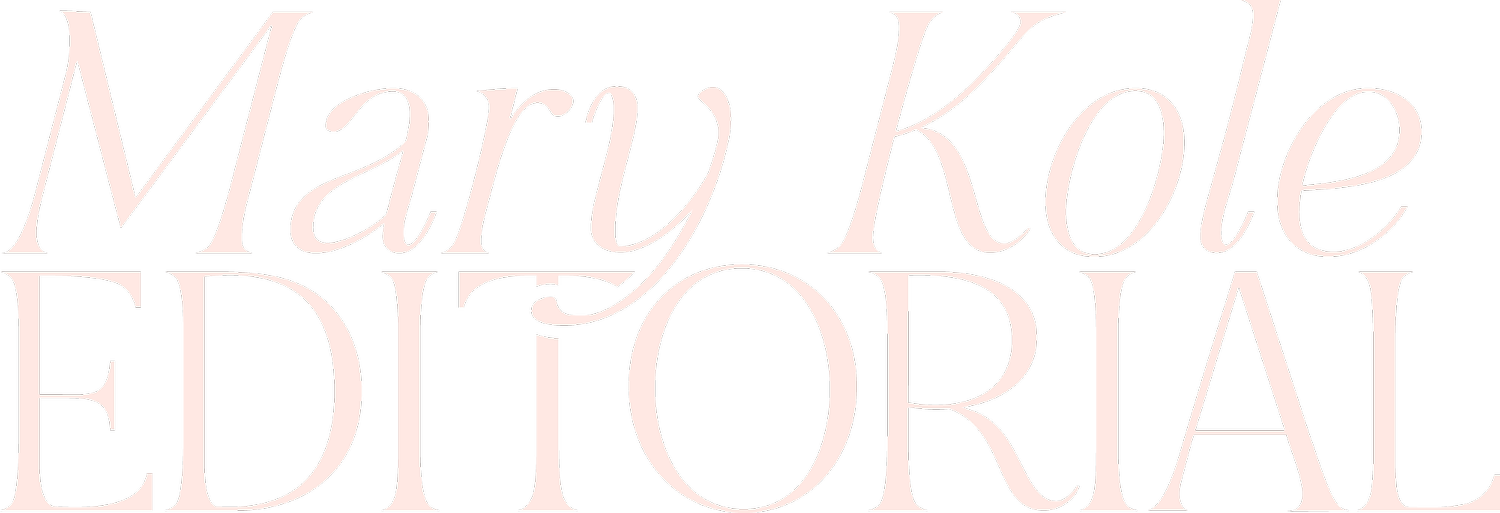The Basics of Self-Publishing
By Mary Kole
Mary Kole is a former literary agent, freelance editor, writing teacher, author of Writing Irresistible Kidlit, and IP developer for major publishers, with over a decade in the publishing industry.
Self-publishing has become a popular option for writers who want to take control of their work, avoid the gatekeeper element of traditional houses and literary agents, and learn all aspects of the writing, publishing, and book marketing craft. But self-publishing isn’t without its drawbacks or considerations that interested writers need to consider. In this article, I’ll take a detailed look at the pros and cons of self-publishing, which writers and projects are best suited for indie publishing (short for “independent”), and how a writer can make the decision to either pursue traditional publication or self-publishing to reach their writing and career goals.
The Pros of Self-Publishing
The biggest benefit of self-publishing is that you retain complete creative control over your work. Every decision that can feel out of a writer’s hands at a traditional publishing house is fully in the writer’s hands with self-publishing. (Depending on the writer, this could also be a con.) That means you get to decide when the project is released, in which format (hardcover, paperback, ebook), how much it costs, which territories it will be sold in, what the design and layout look like, and when the manuscript is ready for prime time.
Self-publishing allows you to keep a bigger share of your profits from book sales—unlike with traditional publishing where the author receives (perhaps) an advance and a small fraction of the royalties once that advance is earned out.
Finally, if you're able to successfully market your book, you'll have direct access to your readers—which can lead to long term success down the line, because they have the opportunity to become eager fans of your work, and you can control what you release, when, how often, etc. (There are tons of learning resources and strategies for writers interested in learning self-publishing, and the tools to do it are more robust than at any other point in history.)
The Cons of Self-Publishing
There are a few cons to self-publishing that you need to know about before you commit. Self-publishing can be expensive. You may need to hire an editor or cover designer, invest in advertising or book marketing services, or pay for printing costs if you decide to publish in print form (not just digital). Some writers who are new to self-publishing assume that marketing and selling books is easier than it is, and are lured into ordering a large print run for the price break. When sales turn out to be a challenge, you could end up with 1,000 copies of your book in your garage.
Why such a dire prediction? Because there's no guarantee that your book will find an audience unless you know how to market yourself effectively (or are willing to pay someone else to do it). To set yourself up for self-publishing success, you will need to learn your market, pick a specific niche, research your keywords, and otherwise think about how you’ll position every facet of your work—from the book itself to your author platform. It's worth noting that some reviewers may be less likely to review self-published books, even if “traditional-adjacent” services are available from places like Kirkus.
Distribution can be the biggest sticking point against self-publishing. Even though some services claim to offer access to bookstores, libraries, and other resale avenues for books, it has historically been harder to get self-published titles represented on shelves. Distribution channels are still the domain of traditional publishers. Same for book rights opportunities from film studios and foreign publishers. Indie authors have to work harder to make these connections and capture subrights potential.
Which Writers Should Consider Self-Publishing?
Any writer who wants full control over their work and potential access to more royalty revenue should seriously consider self-publishing as an option. Additionally, those writers attracted to faster turnaround times—from concept to publication—are likely to appreciate the immediacy of self-publishing. (Traditional projects often take years to get released unless the topic is incredibly timely).
Self-publishing potential varies by genre and category as well. If you have a very niche, keyword-specific topic, you might be able to successfully target your audience via self-publishing. Authors who write in certain genres, such as romance/erotica or mystery/thriller/suspense, might also carve out a successful career for themselves, as there are a lot of eager ebook readers in these genres that don’t care as much about the publisher name on the spine, as long as the story is compelling and hits genre tropes and expectations. If you’re able or willing to try writing to market, you might be a good entrepreneurial writer for self-publishing.
Making the decision between traditional publication or self-publishing can be difficult, but there’s one point I want to drive home. Not every project in your life will have the same path to publication, nor should it. You might start out in traditional publishing, then go into self-publishing. Or you might self-publish a project while also releasing books with publishing houses. By understanding all of your options, you can make informed decisions about which path is right for you—recognizing that it might change from project to project or as your (ahem, bad publishing joke) read on the market changes and matures.


